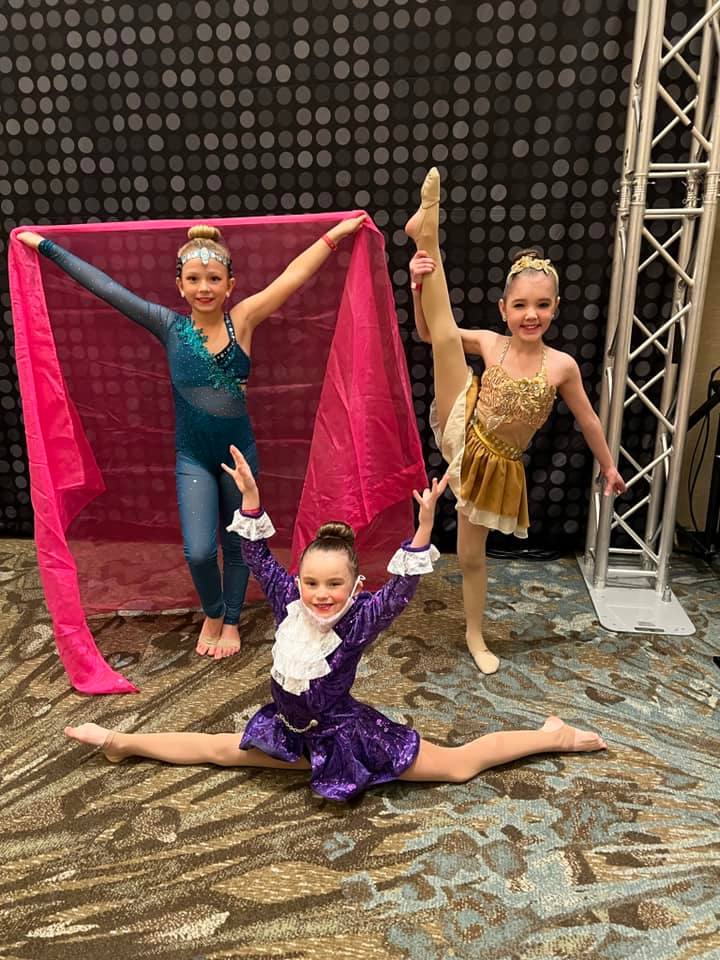Now is the right time to enroll your child in dance lessons because they have shown an interest in dancing. Your child can find dancing enjoyable and a wonderful way to make friends, in addition to developing crucial coordination skills through dance lessons. But, what age is appropriate for taking dance classes?
Every child can seek advantage greatly from taking ballet and other dance classes. Therefore, starting dancing courses can be done for any cause. Now that you wonder “how many dance classes should my 5-year-old child take”, then this is an excellent write-up to start reading till the end.
How To Know If My Child Is Prepared For Dance Lessons?
You might believe that you can enroll your child in dance lessons as soon as they can start walking. But, that isn’t the case always. Every child develops at a different rate, and there are significant questions to consider.
The following factors decide if your child is prepared to start taking dance lessons –
- Is your child attentive?
- How much active your child is?
- Is your child ready to listen to people other than their parents and family?
- Is your child motivated enough to take dance lessons?
- Is your child mature enough to do well in dance classes?
Whenever enrolling your child in a class, it’s crucial to remember that some classes may have an age requirement, depending on the dancing school you visit. So, when you wish to enroll your child, it’s necessary to consider their age as important.
What Types of Dance Lessons Are Offered For Toddlers?
Your child can start taking toddler dance courses at a very early age (around 3 years). The advantage of toddler programs is that they can be more relaxed and informal than classes for older children. A child can acquire a variety of new skills through dance lessons, including musicality, imagination, creativity, simple coordination, and crucial ballet fundamentals that they will need if they continue dancing in the future.
You need to collect information about classes, which are accessible for your child as some studios may even offer pre-dance lessons for young children as well. Your 5-year-old can perform tap, modern, jazz, acrobatic, and hip-hop dances. Your kid is also able to start taking ballet-only classes at this age.
Some children at this age can quickly get exhausted after too many activities on top of school, other extracurriculars, playtime with their friends, and depending on how many classes they are enrolled in. As a result, your child’s dance lessons should not go longer than 2 hours per week, with each class lasting between 30 minutes and an hour.
Find Your Child The Right Dance Classes
If you don’t know what to look for, it can be difficult to determine the appropriate age for dance courses that suit your child’s requirements and desires. But, regardless of whether your question is “how many dance classes should my 5-year-old child take?”, you must ensure that it is an activity that your child can generally undertake. When they’re ready, we hope your youngster likes dancing.
Helping to determine when your child is ready to start taking dance lessons and if they are of the appropriate age for dance classes, Distinctive Dance Etc. is the right place to offer a stimulating environment for children of all ages. We have a wide range of programs to match each child’s needs and enable them to grow while having fun. To explore more about our dance lessons, give us a call at 4019965222 today for the details!







